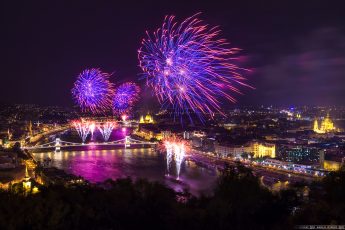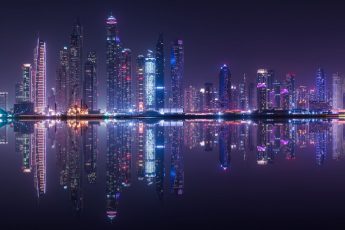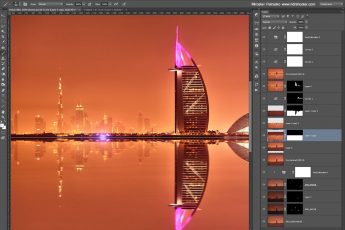Multiple exposures
I almost always take multiple exposures for all my photos, using the AEB function of my camera. Even if I don’t have to. There are reasons to do it. But there are reasons also for not doing it. And today, I will try to take a look at reasons for doing so, and also for the ones against it. So here goes.
Why and when to take multiple exposures
High dynamic range
Of course the first and the biggest reason to do multiple exposures is to catch the whole dynamic range of a scene. Even the best camera can’t capture everything in one photo. You will need to blend images if you want to avoid overexposed or underexposed areas.
Better safe than sorry
Even if you think that the dynamic range is not too big and you will get everything from one photos, you can be mistaken. It’s better to have the extra exposures and don’t need them, that not having them and needing them.
Automatic backup
Anything can happen when you are taking photos. Even a tiny movement of the camera can destroy the image. When you ave multiple exposures, you easily can get around this just by using other exposures. If you took 3 and one is bad, you still have two that you can work with and so on.
Removing people from photos
Since you easily can under or over-expose a photo by one to two stops, you can use the extra exposures to remove moving objects or people from the final photos (more on this here). The same goes for other moving things. For instance, if there was wind and the leaves are blurred in the shot. You can take a faster exposure, like -2EV one, overexpose it to match the exposure you want, and then just blend it in. Since for that one the exposure time was shorter, the leaves will be more stable in it.
Why and when not to take multiple exposures
Files take more space
The most obvious reason, you will get more photos. The file don’t take that much space at first, but over time it stacks up. I know this best from personal experience :)
Takes more time
It takes more time to take multiple exposures. Especially in the evening, when you photos get into the 10-30s range, you will get to the point when taking just one photo takes up to few minutes. If you light is changing fast, and you have only few minutes to take you photos, this can be a problem.
You are taking photos handheld
Some do multiple exposures when taking photos handheld. I don’t bother anymore. Even in the brightest of sunlight you are just not able to hold the camera steady enough. You will not be able to blend the shots perfectly. Rather than this, underexpose the photo a bit. You will always be able to better correct underexposed areas than overexposed ares afterwards.
Taking photos of moving subjects
Again, if you are taking photos of moving subjects, just take one shots. You will not be able to blend the shots anyway. A good example here is fireworks. They change so quickly, you can get only one photo. But remember, if you did not move you camera, you can still take a multiple exposures of the scene afterwards, and just blend the moving subject into them later.







